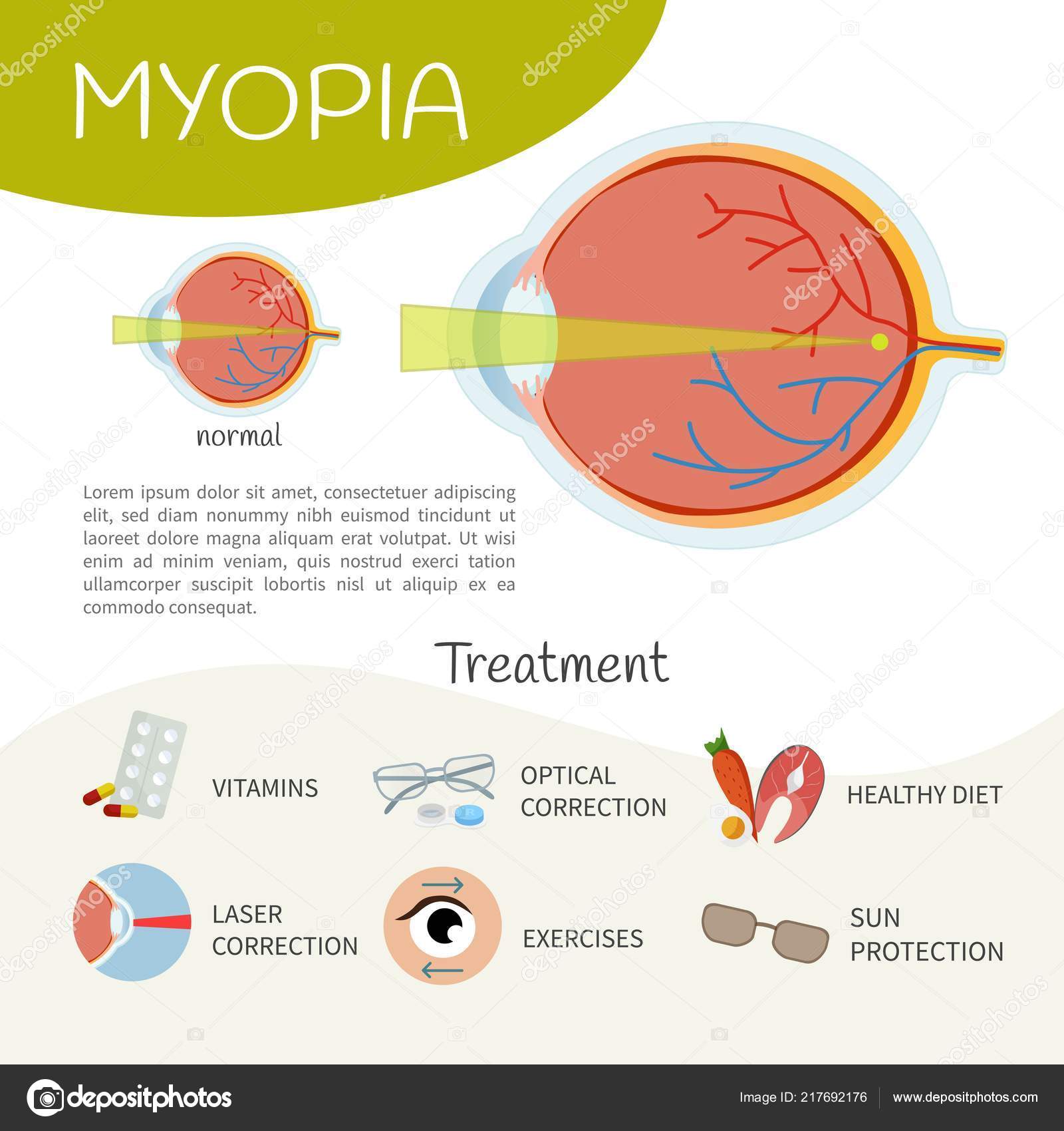Waiting On SMILE Surgery? Explore Crucial Considerations And Understandings To Assist You Make An Enlightened Decision Concerning Your Aesthetic Future
Waiting On SMILE Surgery? Explore Crucial Considerations And Understandings To Assist You Make An Enlightened Decision Concerning Your Aesthetic Future
Blog Article
Short Article Developed By-Diaz Moss
If you're considering SMILE eye surgical procedure, ponder this: are you prepared to embrace prospective visual freedom, or does the thought of any dangers make you hesitate? Your decision will rest on a cautious equilibrium of weighing the benefits against the uncertainties. It's crucial to delve deeper into the nuances of SMILE surgical treatment to make an enlightened choice that straightens with your visual objectives.
Recognizing SMILE Eye Surgical Treatment
When considering SMILE Eye Surgical procedure, it is necessary to recognize the procedure and its benefits. SMILE, which means Tiny Incision Lenticule Removal, is a minimally invasive laser eye surgical treatment that remedies usual vision issues like nearsightedness (nearsightedness).
During cataract surgery at 91 , your eye cosmetic surgeon will certainly make use of a femtosecond laser to create a small laceration in your cornea. Via this cut, a tiny disc of cells called a lenticule is removed, improving the cornea and correcting your vision.
One of the crucial advantages of SMILE Eye Surgery is its quick recuperation time. https://simonfnubi.idblogz.com/29762159/creating-a-dry-eye-relief-approach-routine-tasks-that-efficiently-reduce-pain improved vision within a day or more after the treatment, with very little discomfort.
Furthermore, SMILE is recognized for its high success rate in providing long-lasting vision adjustment. Unlike LASIK, SMILE does not require the production of a flap in the cornea, decreasing the risk of problems and enabling an extra secure corneal structure post-surgery.
Understanding the procedure and its advantages is crucial when considering SMILE Eye Surgical treatment for vision modification.
Advantages and disadvantages of SMILE
Considering SMILE Eye Surgery for vision modification features different advantages and possible disadvantages.
One of the main pros of SMILE is its minimally invasive nature, as it entails a little laceration and typically leads to fast recovery times. The treatment is likewise understood for creating very little pain and dry eye symptoms post-surgery compared to other vision modification approaches. Furthermore, SMILE has actually been revealed to give excellent aesthetic results, with many patients attaining 20/20 vision or much better.
On the other hand, a potential disadvantage of SMILE is that it may not appropriate for individuals with severe refractive errors, as the therapy range is rather minimal contrasted to LASIK. One more consideration is that the learning contour for doctors applying SMILE can affect the schedule of skilled carriers in particular locations.
It's important to evaluate these advantages and disadvantages thoroughly when determining if SMILE is the appropriate selection for your vision correction needs.
Figuring Out Qualification for SMILE
To determine if you're qualified for SMILE eye surgical treatment, your ophthalmologist will certainly perform a detailed evaluation of your eye health and wellness and vision demands. Throughout this assessment, aspects such as the stability of your vision prescription, the density of your cornea, and the general health of your eyes will be evaluated.
Typically, candidates for SMILE are over 22 years old, have a secure vision prescription for at least a year, and have healthy corneas without conditions like keratoconus.
Your optometrist will also consider your general eye health, any type of existing eye conditions, and your way of living needs to establish if SMILE is the right selection for you. It's essential to interact any kind of certain aesthetic requirements or issues you might have throughout this assessment to ensure that the treatment aligns with your assumptions.
If cataract surgery one week apart qualified for SMILE, your eye doctor might recommend alternate vision improvement options that better match your individual requirements and eye health standing.
Verdict
Inevitably, deciding whether SMILE eye surgical procedure is right for you requires mindful consideration of your private eye wellness and visual requirements. Consult with your ophthalmologist to establish your eligibility for the procedure and consider the prospective advantages and downsides. Bear in mind to connect any problems or inquiries you may have throughout the evaluation process to make an informed choice regarding your vision correction alternatives.
